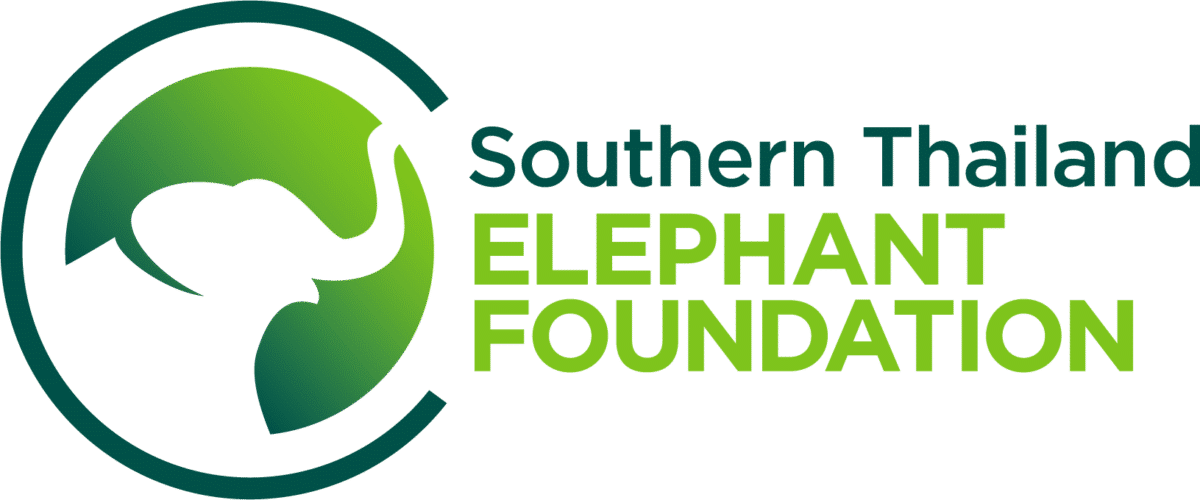
Q.: So, Peter, what got you interested in STEF?
Peter: I have long held an interest in conservation and the environment, particularly in Asia. The chance to get involved in a new charity, seeking to help one of the region’s most culturally important but endangered animals was too good to miss. I also hope to help STEF through my experience working in and supporting a range of other animal welfare charities.

Peter: STEF has two main priorities: education, which is the cornerstone of animal welfare; and direct conservation. We aim to combine the two by supporting a new conservation park at Ban Ton Sae near Phuket.

Peter: I visited Thailand for the first time this February, to learn more about STEF’s work and the challenges facing the Asian elephant. I am looking forward to becoming a regular visitor to this beautiful country. My happiest memory is of the sun setting and as the clouds begin to form around the peaks of the jungle-covered hills, watching from close quarters a herd of elephants bathing in a clear shallow stream – it was simply a fantastic sight that I shall never forget.

Peter: Developing the Ban Ton Sae site is a major and hugely exciting project, and STEF will be supporting its development and growth so that it offers an increasing range of services and support for elephants in need of help. In the years ahead, we expect to be able to help them to add a much-needed animal healthcare centre as well as education and visitor facilities. But we are of course open to supporting other projects and initiatives that fit in with our charitable objectives. Our mission is to deliver a sustainable future for Thailand’s elephants.

Peter: STEF gives elephant-lovers a rare opportunity to support the work of a brand new conservation park with a refreshing approach and attitude that will deliver care and protection for Thailand’s elephants for generations to come. It is so inspiring to see the progress that is being made and all donations – large or small – are truly welcomed by the trustees.
Q.: It is wonderful to have your support. Thanks for the chat.
To donate to STEF, please click here.






















